The Best Essential Oils to Add to Your Shampoo
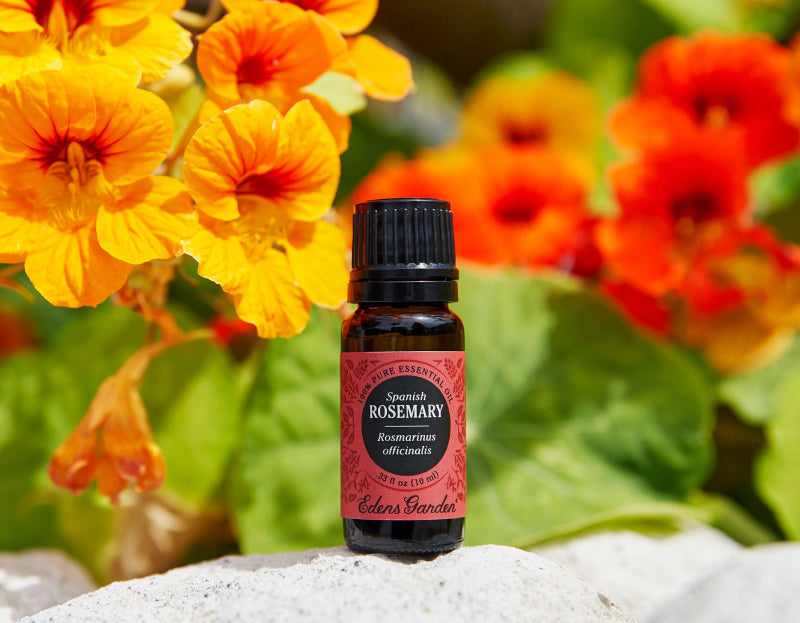
Adding essential oils to shampoo can do wonders for your locks, like turn a generic shampoo into a salon-level wash. Plus, adding healthy, natural ingredients to your shampoo might also encourage you to look more closely at which ingredients should be avoided in your hair care products.
In this helpful guide, we delineate which essential oils can reduce the appearance of dandruff, increase circulation, improve hair growth and strengthen your hair. Read on for all our hair-loving tips.
The Best EOs To Add To Your Shampoo
When it comes to essential oils for hair care, these are some of the best and most restorative oils.
Rosemary
Native to the Mediterranean coastline, Rosemary’s warm, herbaceous and medicinal aroma is well-known and loved around the world. Often a subject of aromatherapy study, Rosemary oil has been purported to increase hair growth and improve memory retention in multiple clinical studies.
In fact, a randomized, double-blind clinical study on volunteers with alopecia revealed that a 1% dilution of Rosemary essential oil out-performed a 2% dilution of minoxidil (of which, Rogaine is a common brand).
For this reason, we love adding Rosemary to our shampoo when our hair needs some extra help reaching longer lengths.
Peppermint
It turns out that the minty, cooling and classic aroma of Peppermint essential oil is great for more than just freshening up. Like Rosemary, Peppermint is known to boost circulation which helps stimulate hair growth.
Similar to the Rosemary study, Peppermint oil was tested against minoxidil on subjects with hair loss. And again, the 3% Peppermint dilution outperformed minoxidil, increasing the appearance of hair growth, further boosting essential oils’ place in the hair care big leagues.
So if you want longer-looking locks, opt for adding a blend of Rosemary and Peppermint to your shampoo.
Tea Tree
Native to Australia, the earthy, green, medicinal aroma of Tea Tree penetrates and soothes both mind and body. Tea Tree has been used for centuries in folkloric medicine to clear fungus, boost skincare, heal insect bites and more. And if you need more reasons to love Tea Tree, it’s known for its ability to clear and prevent dandruff.
A randomized trial of 126 patients with dandruff, tested Tea Tree oil’s ability to reduce scalp problems. Subjects received a shampoo containing 5% Tea Tree oil or placebo. Those in the Tea Tree group had significant improvements in reducing dandruff, itchiness and greasy scalp.
In other words, skip the Head And Shoulders and reach for Tea Tree oil when you’re dealing with dandruff and scalp problems.
Lavender
Another fan favorite when it comes to essential oils for greater-looking hair is Lavender oil. Most aromatherapy users have Lavender essential oil in their arsenal of oils due to its plethora of therapeutic uses, but did you know that Lavender also has been shown to boost hair growth?
Dermatologists in Scotland tested a blend of Lavender oil, combined with Thyme, Rosemary and Cedarwood diluted in a carrier oil (Grapeseed and Jojoba oil), on alopecia patients in a randomized, double-blind study that lasted 7 months. A control group received a blend of only Jojoba and Grapeseed oil. Volunteers massaged the oil mixtures onto their scalps daily. Results showed that the Lavender oil group showed significant improvement in hair growth over the control group.
What’s more, Lavender has been shown to help with scalp issues such as dry scalp, itchiness, dandruff and oily hair.
Citronella
An added bonus of Citronella’s sweeping benefits is its earthy, sweet, citrusy and clean aroma. Originating in Indonesia, Citronella is often used in countries it’s native to for its many healing benefits. You may be familiar with Citronella if you’ve ever used a natural insect repellant, in which Citronella acts as an active ingredient.
Along with insects, Citronella also protects against and heals hair infections–specifically a fungus-causing hair infection known as white piedra. White piedra is a white fungus that looks lice and can cause hair to become brittle and broken. It can also cause pain and an itchy scalp to those who have it. A study on over a dozen essential oils found that Citronella was one of the most effective against the fungus causing white piedra.
On top of ridding and preventing hair infection, Citronella can also add a mood-boosting aroma with hair-nourishing benefits to your shampoo.
Commercial Shampoo Ingredients
Now that you’ve chosen some hair-loving essential oils, it’s time to pick a shampoo that’s right for you, and this means choosing one that doesn’t include harmful ingredients.
Most store-bought shampoos contain harsh chemicals that can be harmful for your hair and skin. For example:
-
Sodium Laureth Sulfate (SLS): Most shampoos contain a synthetic detergent and one of the most common detergents used in shampoo is Sodium Laureth Sulfate. This cleansing agent gives your shampoo its foaming effect. The downside is that it can be harsh on your hair and skin if not properly diluted.
-
Amodimethicone: As a polymer, amodimethicone seals in moisture and makes your hair feel smooth after conditioning. However, it can cause buildup, thus preventing the scalp from breathing. This may result in hair thinning and scalp problems.
-
DEA (diethanolamine): DEA is a foaming agent and known carcinogen, as well as an eye and skin irritant.
Instead, look for a natural shampoo with ingredients such as coconut milk, olive oil, castor oil, Coconut oil and Sweet Almond oil. If you’re unsure about an ingredient, websites like EWG and INCIDecoder are great resources where you can learn more about ingredients.
DIY Shampoo
Having trouble finding a shampoo that’s right for you? Try making your own homemade shampoo. As well as protecting your scalp and hair from harsh chemicals, when you make this shampoo recipe, you can create a balanced blend that’s tailored to your particular hair type.
Try the following:
Hair Growth
-
5 drops Rosemary Around The World oil
-
4 drops Peppermint Around The World oil
-
3 drops Lavender Around The World oil
-
2 tbsp shampoo base
Healthy Hair & Scalp
-
5 drops of Lavender oil
-
4 drops of Tea Tree oil
-
3 drops of Citronella oil
-
2 tbsp shampoo base
DIY Dry Shampoo
Dilute the natural essential oil in Grapeseed carrier oil, then whisk together all ingredients. Add your dry shampoo to a shaker bottle (you may need a funnel). Apply dry shampoo to dry hair in between wash days and tousel hair until the dry shampoo becomes invisible.
-
2 tbsp Cornstarch
-
2 tbsp Magnesium Carbonate
-
2 tbsp Flour
-
1 tsp Grapeseed carrier oil
-
1 drop Lavender oil
-
1 drop Peppermint oil
-
1 drop Citronella oil
Tips For Making Liquid Shampoo
For each of the above liquid shampoo recipes, shampoo your hair as normal, give yourself a hair rinse and follow up with a natural conditioner. These recipes make approximately 1 oz of shampoo, or enough shampoo to use within one week if you wash your hair daily. While you can use Castile soap as a shampoo base but it’s recommended you use a shampoo.
Hair Love
From DIY hair scrubs and hair texturizing sea salt sprays to tips on how to use body oils for hair and how best to air dry hair, Edens Garden offers endless tips and products to nourish, repair and care for your hair. Discover more on our essential oil blog, The Drop.
Sources:
-
Hay, I. “Randomized Trial of Aromatherapy. Successful Treatment for Alopecia Areata.” PubMed, Nov. 1998, pubmed.ncbi.nlm.nih.gov/9828867.
-
Oh, Ji Young. “Peppermint Oil Promotes Hair Growth without Toxic Signs.” PubMed Central (PMC), 1 Dec. 2014, www.ncbi.nlm.nih.gov/pmc/articles/PMC4289931.
-
Satchell, Andrew. “Treatment of Dandruff with 5% Tea Tree Oil Shampoo.” PubMed, Dec. 2002, pubmed.ncbi.nlm.nih.gov/12451368.
-
Christiano, Donna. “White Piedra.” Healthline, 18 Sept. 2018, www.healthline.com/health/white-piedra.
-
Saxena, Seema. “Inhibitory Effect of Essential Oils against Trichosporon Ovoides Causing Piedra Hair Infection.” PubMed, Oct. 2012, pubmed.ncbi.nlm.nih.gov/24031963.
Grab The Essentials Here:
Leave a comment (Comments will be approved before showing up)
11 comments
Jerry
Can men use these hair oils and hair tips also ?
Edens Garden
Hi Susan! You can create a pre-wash oil serum by combining 12-18 drops of Hair Love and 2 tablespoons of carrier oil. Massage a portion of this mixture onto your scalp for a few minutes, then leave it on for 20- 60 minutes before washing it out thoroughly.
Susan Mahana Ledford
I am not sure how to use my hair love with my BAR shampoo. I do not use bottle shampoos
Edens Garden
Hi Blanca! We made proportions for one ounce of shampoo because we suggest making a small batch of shampoo and using it within the week–this is because adding essential oils to a product not meant to have additional ingredients can break the preservative system and cause microbial growth overtime. Still, you can scale up these proportions if you prefer!
Blanca
It would be helpful if you write how much of each oil to add to a regular shampoo. I have the oils but your article missed that importante part.
Julie Bailey
I’ve been using rosemary and lavender oils in my hair products for quite some time now (along with cedarwood, usually). Maybe this is why I have so much hair LOL!
I never thought to try citronella. I’m intrigued!
I need to get some of your rosemary and lavender “around the world” oils now!
Edens Garden
You can use any shampoo for these recipes, though a shampoo base is preferred. A shampoo base is one that is meant to have ingredients, such as essential oils, added. Shampoo bases can be purchased from online cosmetic ingredient suppliers.
Jane
So if I’m adding to my regular shampoo. Would you recommend for hair growth the blend of oils listed and instead of 2 Tbsp shampoo base use that per 2 oz of shampoo?
April
I don’t understand what you said about the Castile soap and shampoo base. Can you please explain what that should be made from?
Sandra H
Thank you for sharing this. I’m very interested in making my own shampoo!
Just one question—what is shampoo base? Can I use Castile soap?
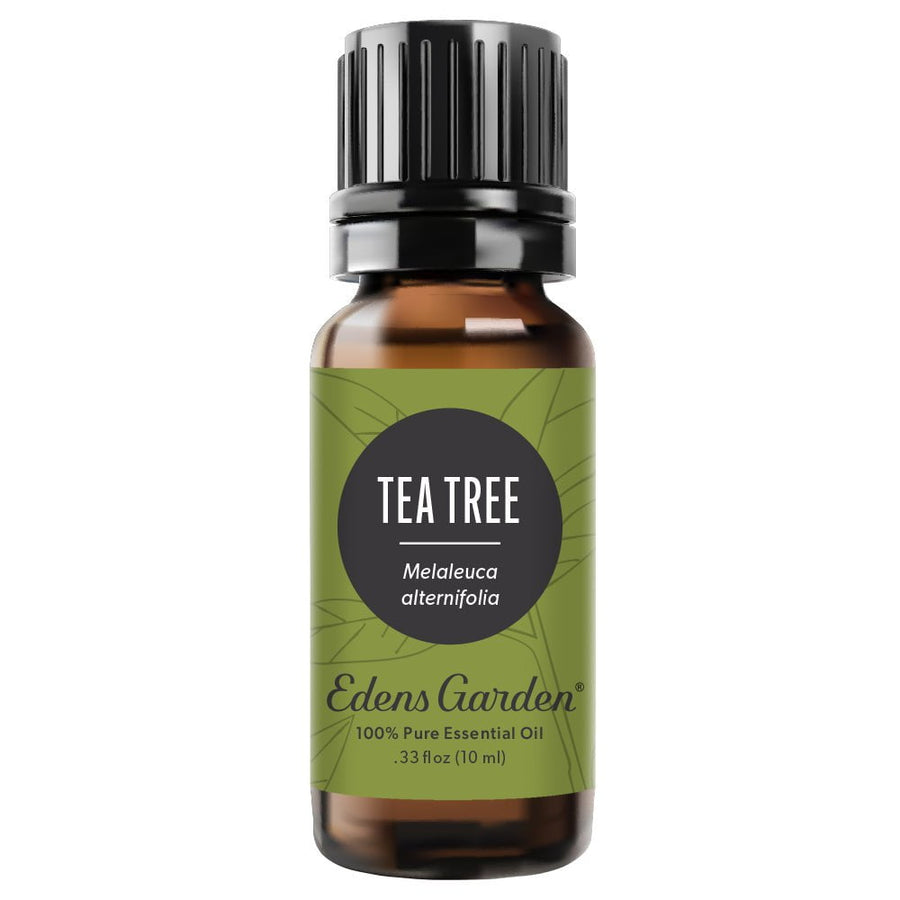
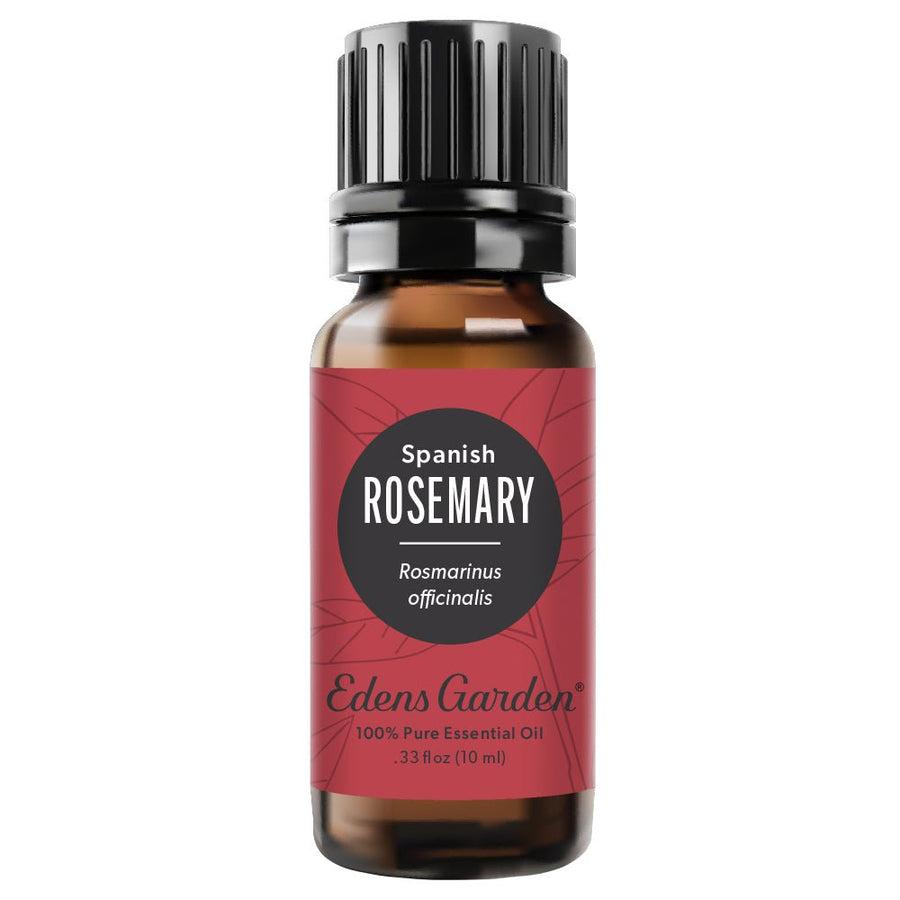
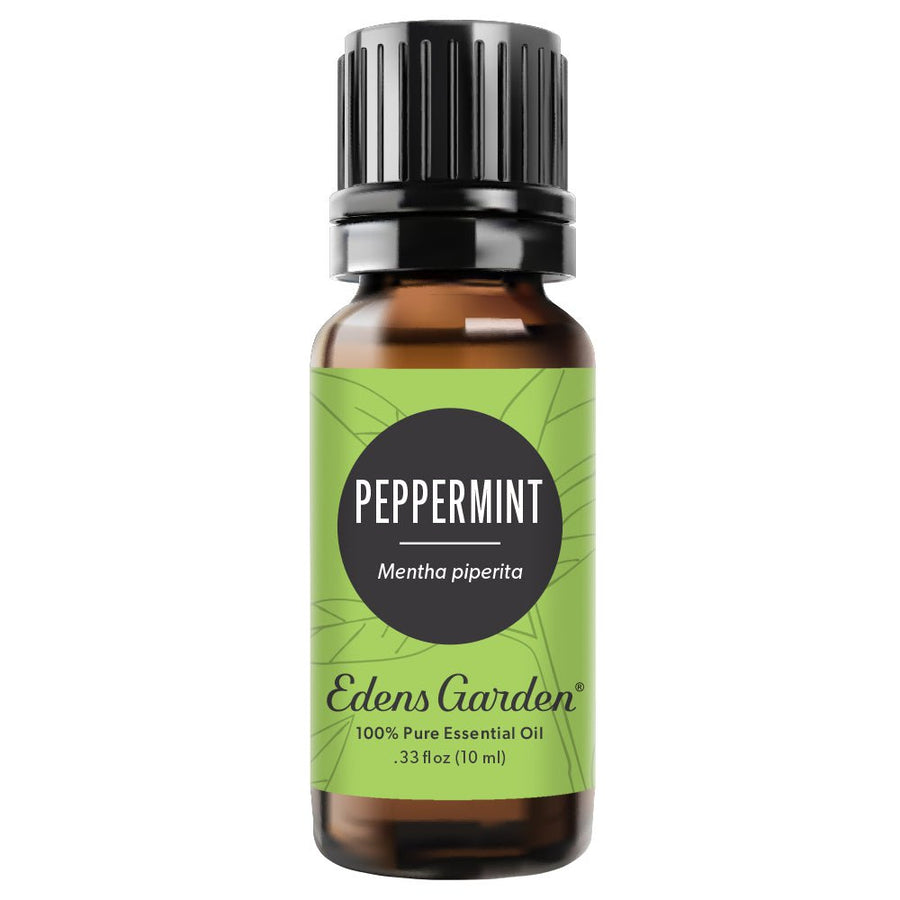
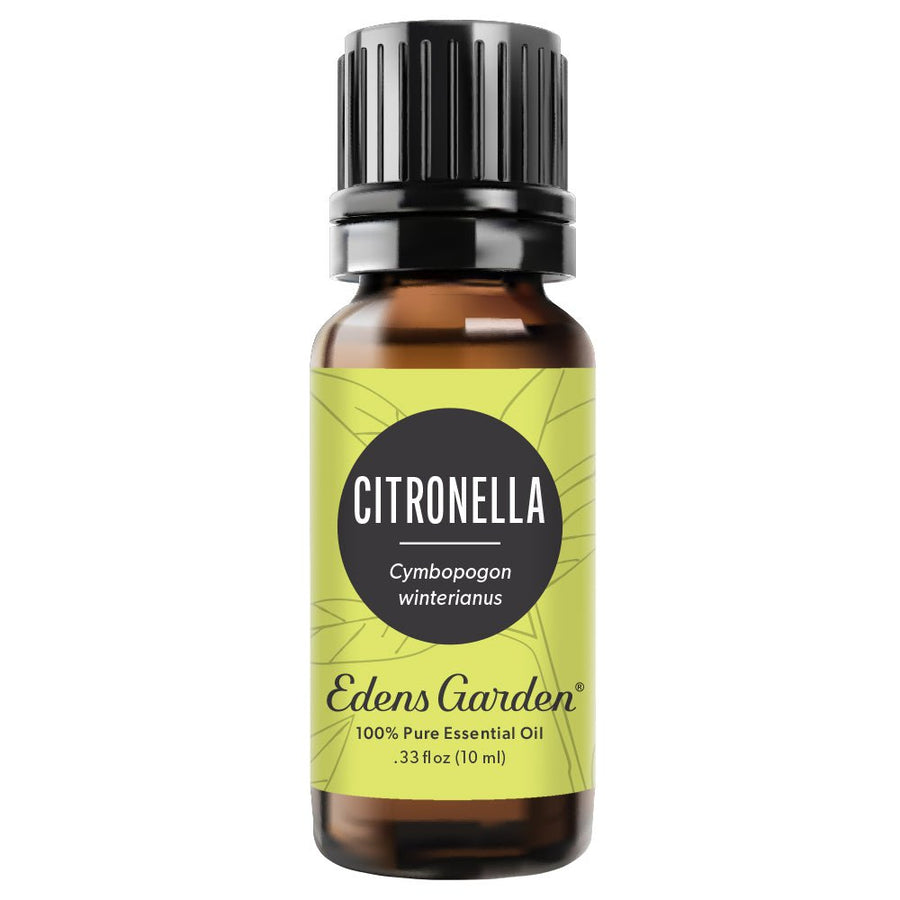
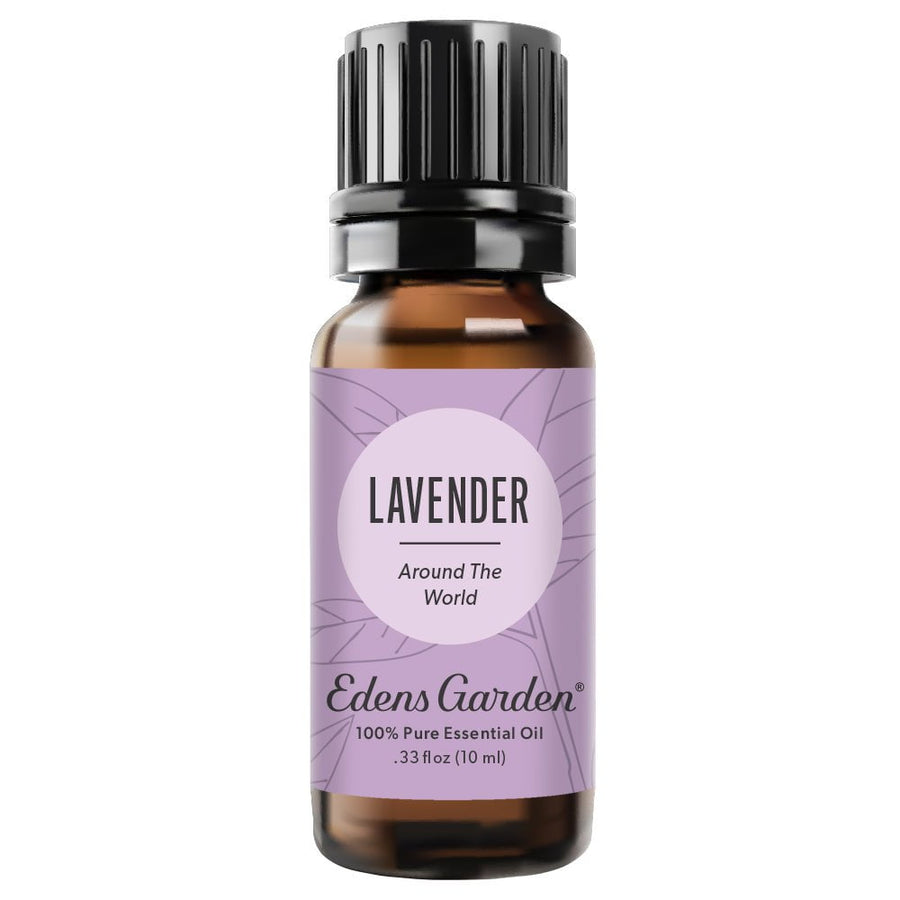
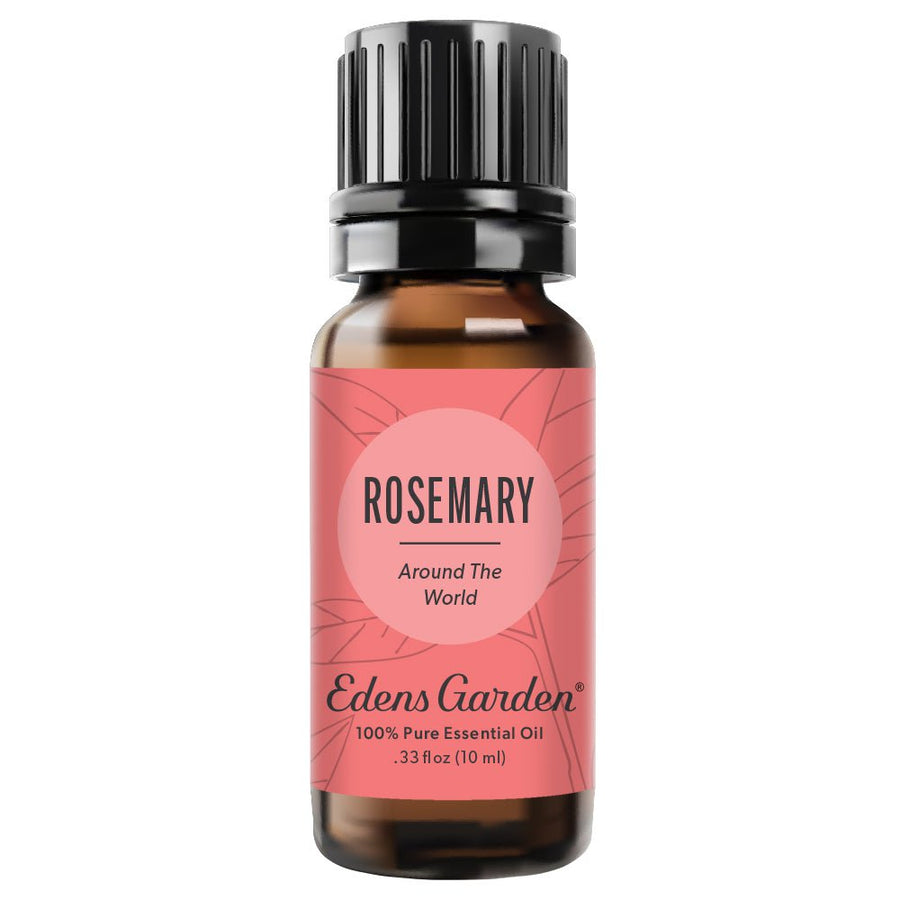


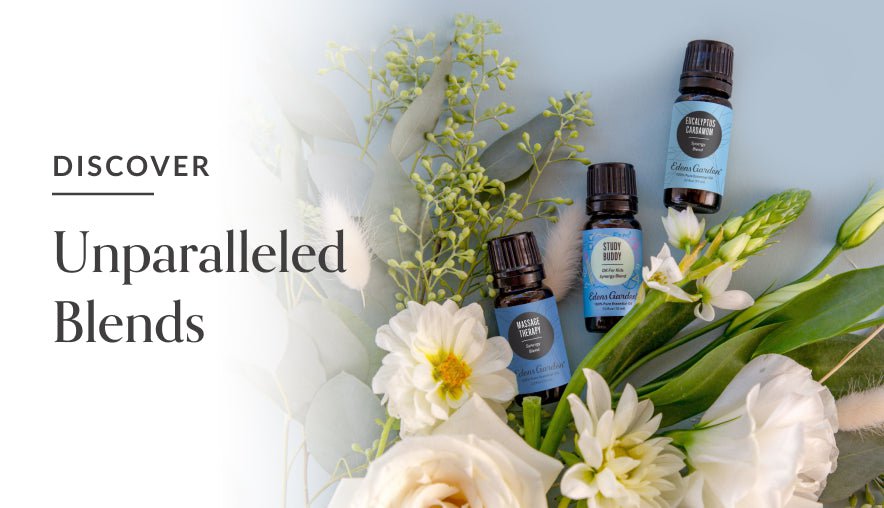
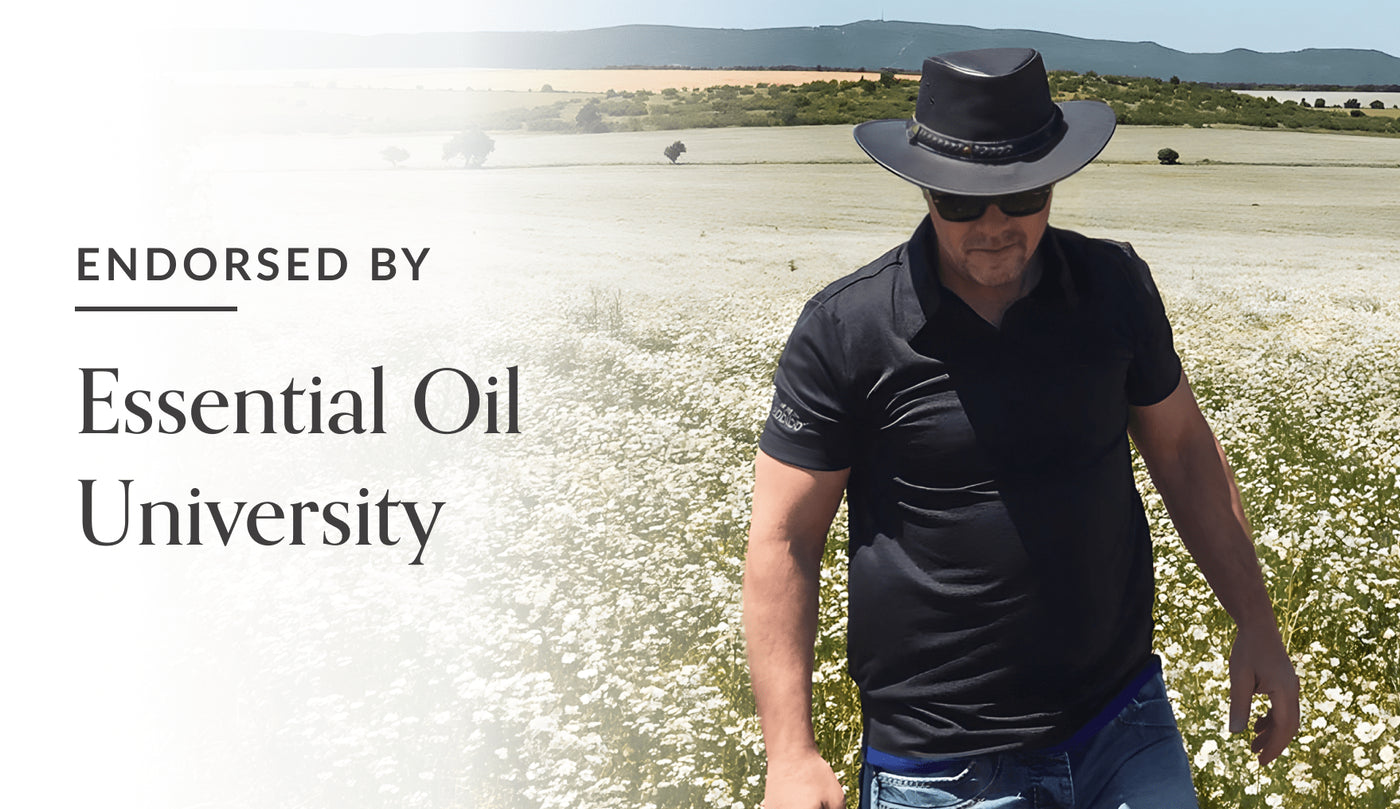
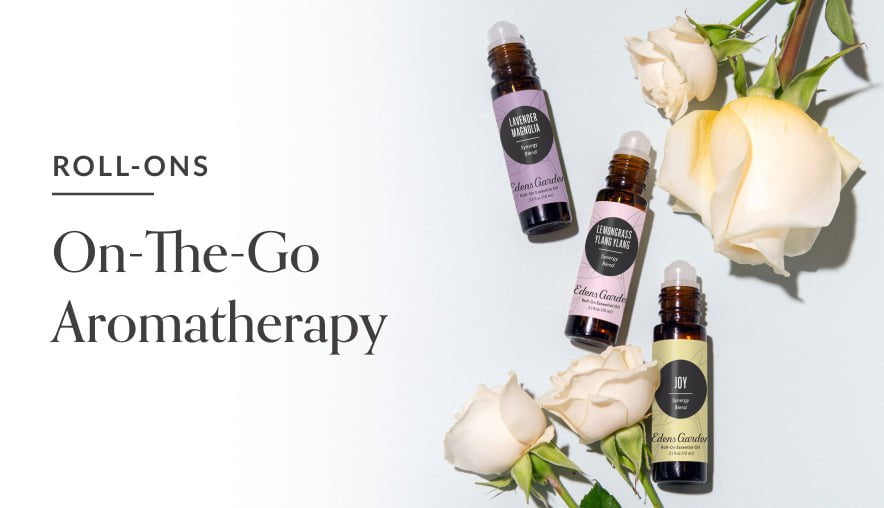
Edens Garden
April 9, 2025 at 11:50 am
Hi Jerry! Yes, absolutely men can use the tips mentioned in the blog.